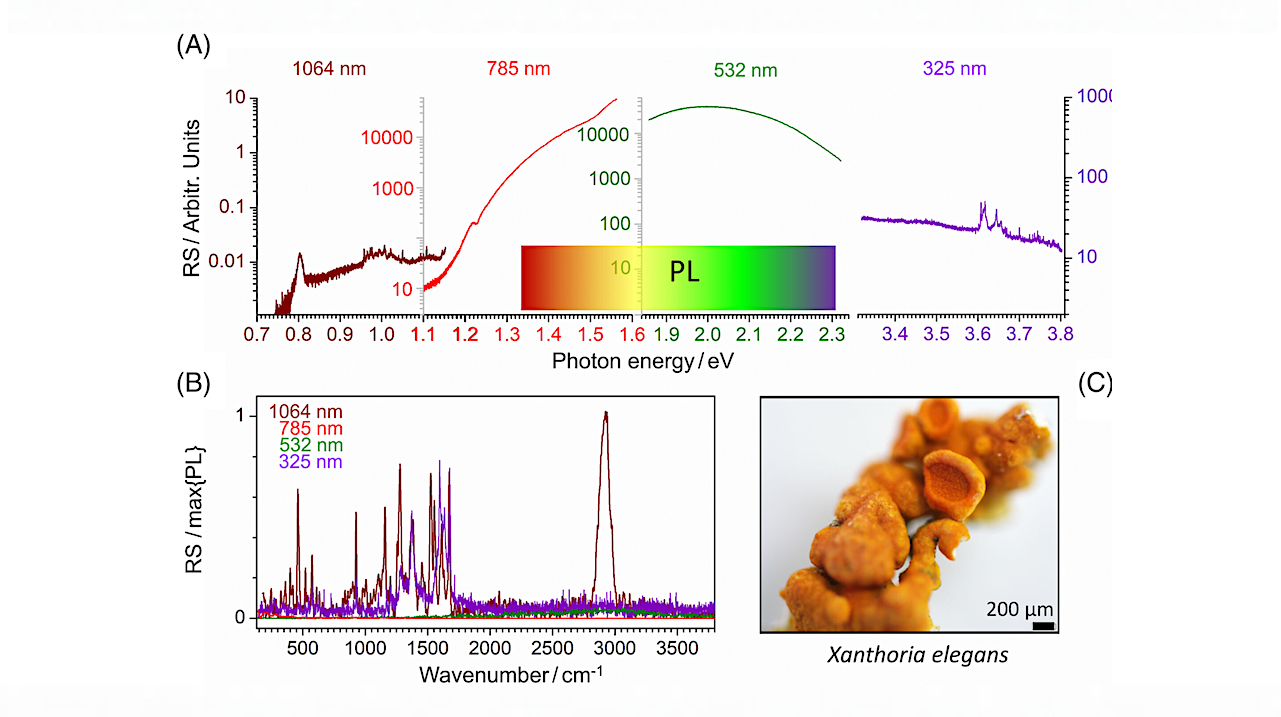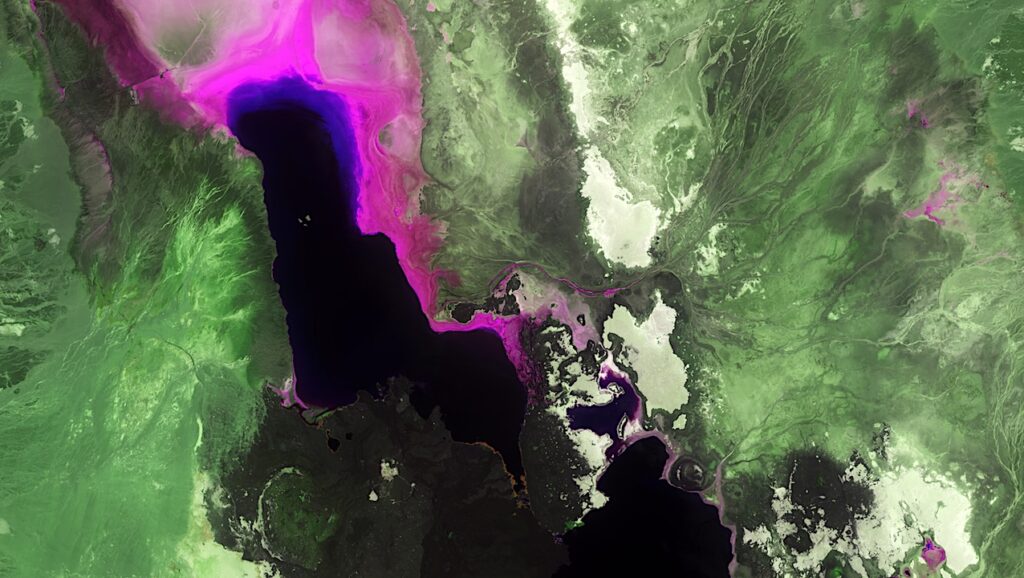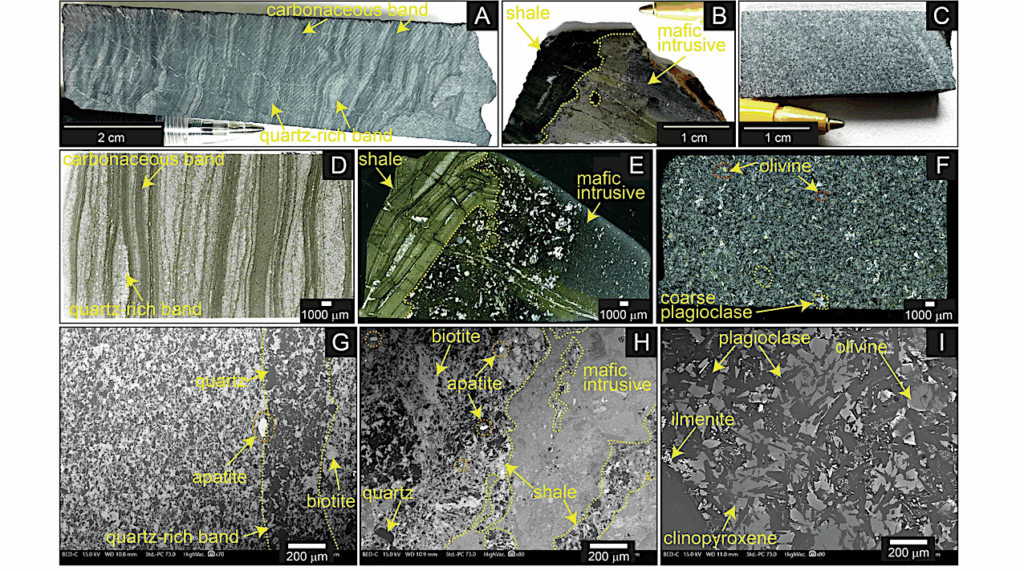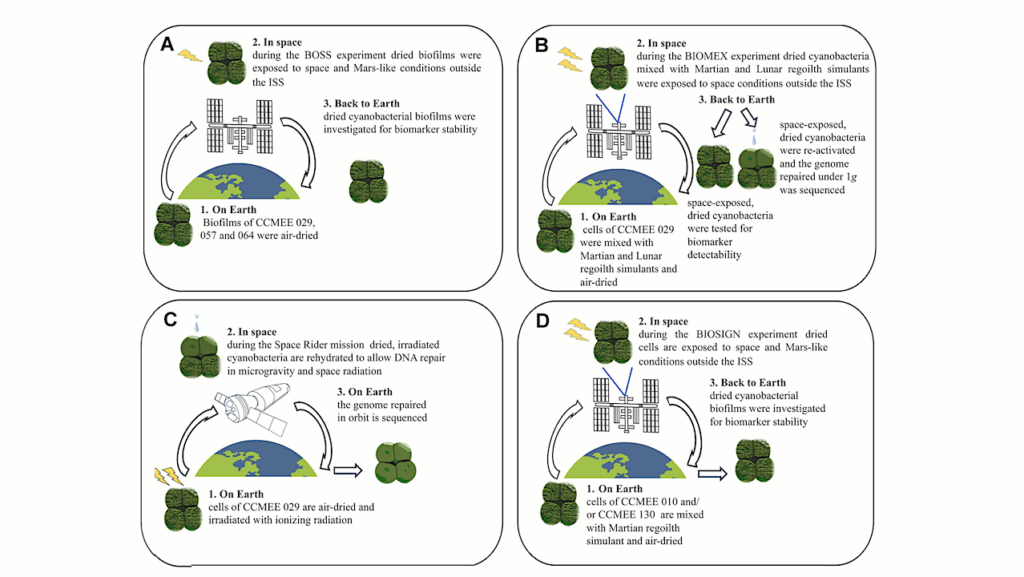Comparative Raman Spectroscopy Of Astrobiology Relevant Bio-samples And Planetary Surface Analogs Under UV–VIS–IR Excitation

We investigated the potential of a laser selection in the broad optical range, from ultraviolet through visible to infrared (excitation wavelengths of 325, 532, 785, and 1064 nm) for combined analysis of Earth-relevant extremophiles (Xanthoria elegans, Buellia frigida, and green alga of Circinaria gyrosa), carbohydrate molecules, as well as Mars and Moon surface regolith simulants as analog mineral mixtures (P-MRS, S-MRS, LRS, and JSC-1).
We show that the optimization of the laser photon energy provides (for at least one of the chosen excitation wavelengths) high-end quality Raman spectra for each examined sample. In most cases, the infrared spectral range is advanced for biological samples, while an excitation in the visible and ultraviolet spectral range is often favorable or at least sufficient for accurate identification/resolution of mineral phases under the illuminated laser spot on the planetary surface simulants.
Ultraviolet excitation does not always deliver significant contrast of the Raman Stokes responses to the induced photoluminescence in the studied biomolecules. Most prominent features in the Raman spectra of the biological samples are assigned to their specific pigments, also considered as biomolecular signatures of the extremophiles. The critical issue of specific advantages and limitations of each particular excitation source implies study for gaining scientific return from Raman spectroscopy for exobiological prospecting, for instance, the best trade between a single or dual excitation wavelength(s) for both biological and geological spectral data.
Comparative Raman spectroscopy of astrobiology relevant bio-samples and planetary surface analogs under UV–VIS–IR excitation, Journal of Raman spectroscopy (open access)
Astrobiology








